Nationality French | Known for Painting | |
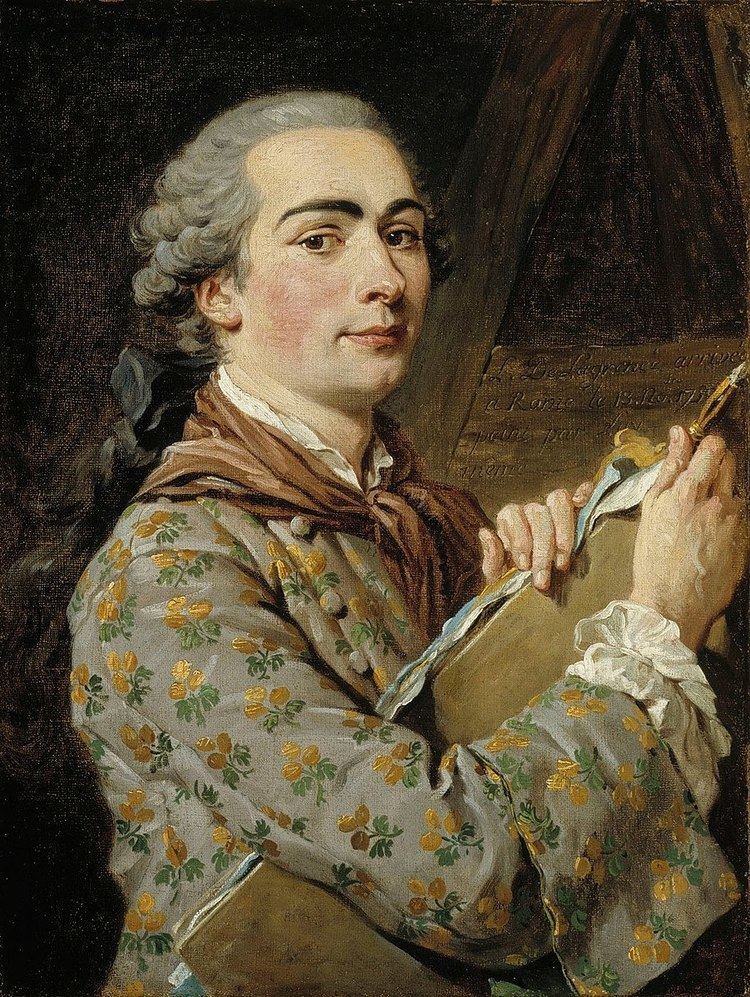 | ||
Movement Lagrenee\'s work was Rococo in style, directly influenced by the Bolognese School of painting. Name Louis-Jean-Francois Lagrenee | ||
Core80 25 100 louis jean fran ois lagren e
Louis-Jean-François Lagrenée (a.k.a. Lagrenée the elder) (30 December 1724 – 19 June 1805) was a French rococo painter and student of Carle van Loo. He won the Grand Prix de Rome for painting in 1749 and was elected a member of the Académie royale de peinture et de sculpture in 1755. His younger brother Jean-Jacques Lagrenée (a.k.a. Lagrenée the younger) was also a painter.
Contents
- Core80 25 100 louis jean fran ois lagren e
- Franz Liszt Hungarian Rhapsody No 2 and Louis Jean Francois Lagrenee
- Early life
- Study in Rome
- Academy membership
- StPetersburg
- Paris
- Rome
- Legion of Honour
- Public records
- Paintings
- Tapestries
- Gallery
- Students
- References
Lagrenée's notable career appointments included:
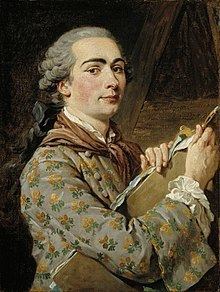
In July 1804, Napoleon I conferred upon Lagrenée the rank of chevalier (Knight) of the Legion d'Honneur.
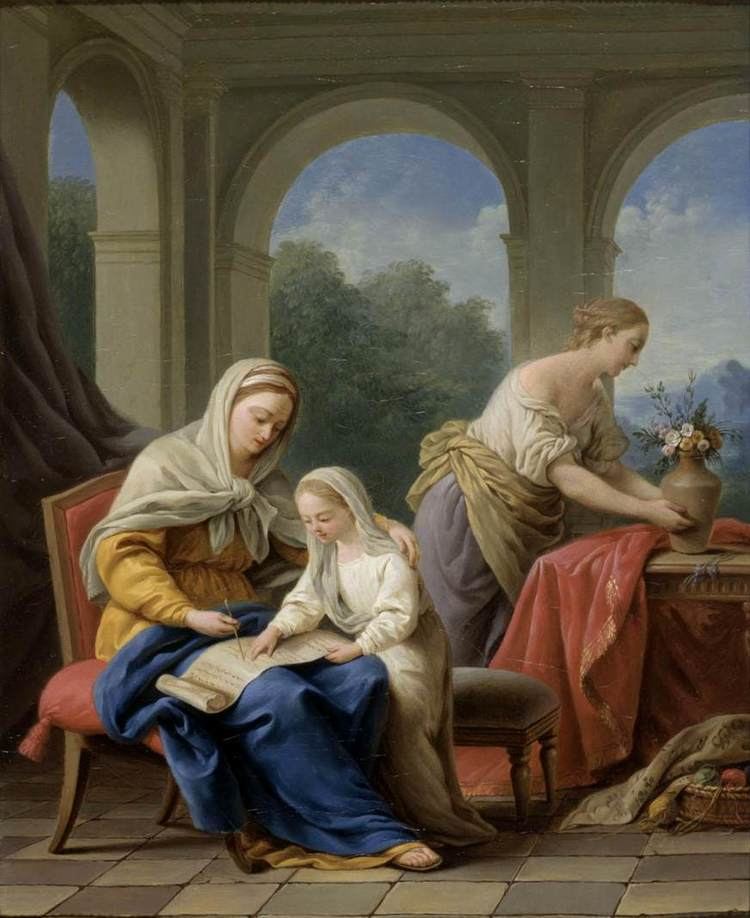
Lagrenée died in June 1805, aged 80 years and 6 months.
Franz Liszt (Hungarian Rhapsody No .2) and Louis Jean Francois Lagrenee
Early life

Lagrenée was born in Paris on 30 December 1724 and from an early age he showed promise in drawing and painting. During his youth, master painter members of the French Royal Academy offered a rolling programme of courses, open to the public (for a small fee), in life drawing and the principles and techniques of art. These courses gave academy members a chance to identify and nurture six of the most gifted young students in any given year and offer them a place on a scheme known as the École royale des élèves protégés, a scheme which offered free tuition with a small stipend, for three years, preparing students for Prix de Rome competitions. After being selected for and completing this three-year programme, under the tutelage of Carle van Loo, Lagrenée won the Grand Prix de Rome on his first attempt in 1749, with the painting Joseph interpreting the dreams of Pharaoh (now lost).
Study in Rome
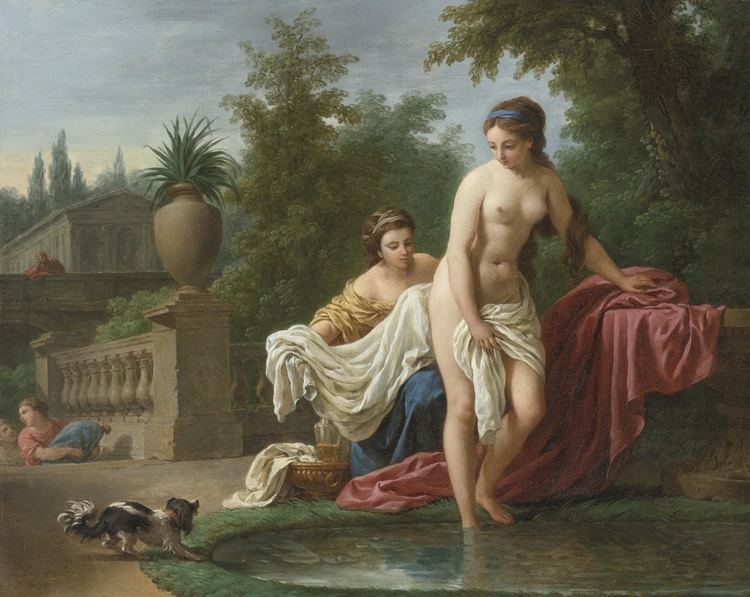
As a student at the French Academy in Rome, Lagrenée developed a "Formative if youthful fixation with Baroque painting". Above all, Lagrenée was inspired by the Bolognese School , particularly by the work of Guido Reni (1575–1642) and Francesco Albani (1578–1660). Later in his career, Lagrenée acquired the epithet 'the French Albani' (l'Albane Francais).
Academy membership
After returning from Rome in 1753, Lagrenée set to work on a large painting - The abduction of Dejaneira by the centaur Nessus (musée du Louvre) - which, when finished in 1755, was the reception piece which earned him membership of the Académie de peinture et de sculpture, by a unanimous vote. By this time, Lagrenée was already considered something of a celebrity.
St.Petersburg
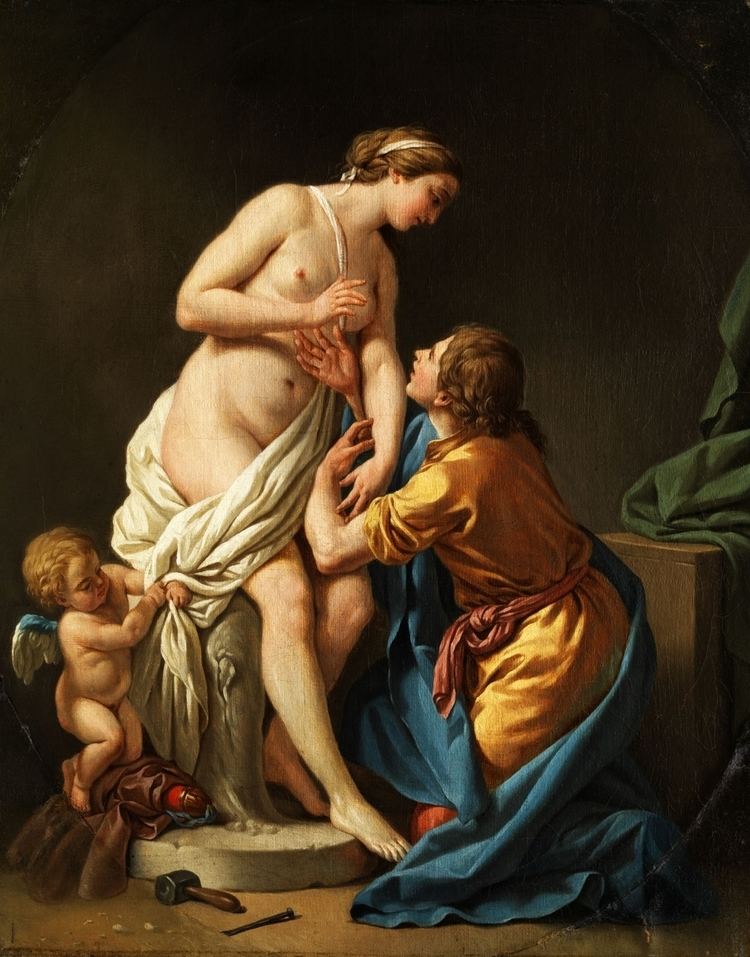
Paris
After only two years in Russia, Lagrenée returned to Paris to take up the appointment of professor-rector of the Académie royale de peinture et de sculpture.Rome
Lagrenée spent the years between 1781 and 1787 at the Villa Medici in Rome, in his capacity as director of the French Academy (Académie de France à Rome).Paris
A final return to Paris saw Lagrenée appointed to the position of honorary curator-director (administration) of the Louvre museum, a position which he held until his death in 1805.Legion of Honour
Lagrenée was made a Knight of the Legion of Honour (Legion d'honneur) on 15 July 1804 by Napoleon I.
Public records
On Monday 10 July 1758, at the age of 33, Lagrenée married 16-year-old Anne-Agathe Isnard. Fifty-five years later, on 19 June 1805, Lagrenée's death certificate recorded that they were still married.
